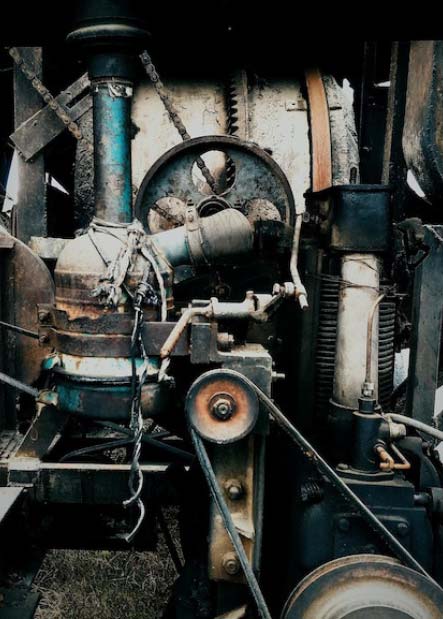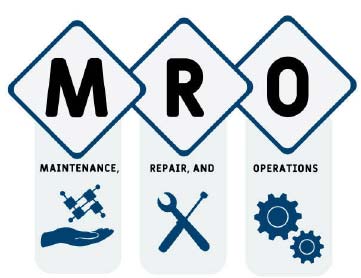 In the ever-evolving landscape of procurement and operations, the term “MRO” frequently emerges. But what exactly is MRO, and why is it critical for the successful operation of any company? Maintenance, repair, and operations (MRO) are often misunderstood, neglected until a crucial part runs out, and the production line halts. In these moments, its importance becomes painfully clear. I have often said that maintenance is sometime so lax that nothing is maintained until the machinery starts making a strange noise or just stops.
In the ever-evolving landscape of procurement and operations, the term “MRO” frequently emerges. But what exactly is MRO, and why is it critical for the successful operation of any company? Maintenance, repair, and operations (MRO) are often misunderstood, neglected until a crucial part runs out, and the production line halts. In these moments, its importance becomes painfully clear. I have often said that maintenance is sometime so lax that nothing is maintained until the machinery starts making a strange noise or just stops.
From my experience, the term, MRO, serves as a generic label covering all those miscellaneous expenditures involved with running a business that doesn’t neatly fall into other established categories. If you asked a room full of people what MRO stood for, you’d likely get blank stares or different answers.
According to businessdictionary.com, MRO encompasses supplies consumed in the production process that do not become part of the end product or play a central role in the firm’s output. Items under MRO include consumables like cleaning supplies, industrial equipment such as compressors and pumps, and computers and office necessities. Here’s a more exhaustive list of things typically included in MRO: chemicals, lubricants, gaskets, cleaning supplies, office supplies, repair and hand tools, safety equipment, various workwear items, fasteners, batteries, furniture, fixtures, and industrial machines like compressors, valves and motors, etc. The list goes on and on.
Why, then, is MRO management crucial? Often making up about 5-10 percent of cost of goods sold (COGS), it’s easy to overlook this expenditure. But if you fail to manage it you face significant operational risk. Running out of a critical chemical or tool can bring a production line to a halt, resulting in idle employees, missed deliveries, revenue loss, and costly downtime. Moreover, neglecting safety equipment could endanger lives. Clearly, MRO is a lynchpin of operational stability.
Having an efficient MRO management system can prevent these crises. Various companies employ different strategies for MRO management, and in my career, having a dedicated procurement person tasked with MRO has proven invaluable. This individual or team should gain insights into a variety of products, enhancing their expertise—a rewarding challenge.
It’s also essential to implement a strong Supplier Relationship Management program. With potentially thousands of suppliers, focusing on mission-critical MRO items is practical. Track key metrics like downtime costs, inventory levels, delivery lead times, supplier performance, and spending levels to guide MRO management effectively.
For businesses with significant MRO demands, some have adopted inventory vending machines. Employees retrieve items as needed, with suppliers restocking based on electronic alerts. A strategic approach to stocking and managing critical MRO items can diminish downtime, cut costs, ensure customer deliveries, and save management efforts.
Maintaining spend control and compliance is paramount, as rogue buying may occur when personnel act beyond their responsibilities out of urgency. This pattern indicates a lack of resources and guidelines necessary for proper MRO management.
In conclusion, MRO is a vital component of every operations and procurement organization. Building the right processes and infrastructure for MRO management is essential. Investing in this area—regardless of your organization’s size—will prevent the fires and disasters resulting from inadequate management.
 Cross Reference Guide
Cross Reference Guide
 Cross Reference Guide
Cross Reference Guide Machinery Replacement Decisions: A Cost Analysis Approach – Part 1
Machinery Replacement Decisions: A Cost Analysis Approach – Part 1 In the ever-evolving landscape of procurement and operations, the term “MRO” frequently emerges. But what exactly is MRO, and why is it critical for the successful operation of any company? Maintenance, repair, and operations (MRO) are often misunderstood, neglected until a crucial part runs out, and the production line halts. In these moments, its importance becomes painfully clear. I have often said that maintenance is sometime so lax that nothing is maintained until the machinery starts making a strange noise or just stops.
In the ever-evolving landscape of procurement and operations, the term “MRO” frequently emerges. But what exactly is MRO, and why is it critical for the successful operation of any company? Maintenance, repair, and operations (MRO) are often misunderstood, neglected until a crucial part runs out, and the production line halts. In these moments, its importance becomes painfully clear. I have often said that maintenance is sometime so lax that nothing is maintained until the machinery starts making a strange noise or just stops. We appreciate those who take the time to read our newsletters. We do not always want to just send product information.
We appreciate those who take the time to read our newsletters. We do not always want to just send product information.